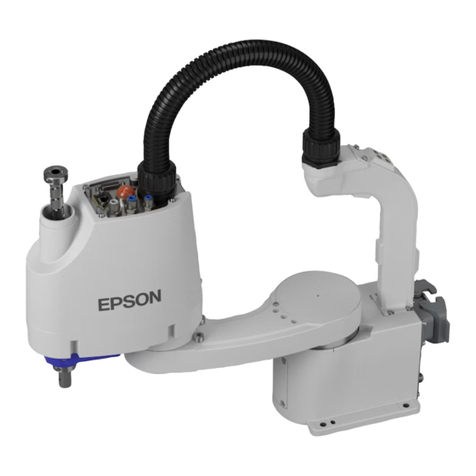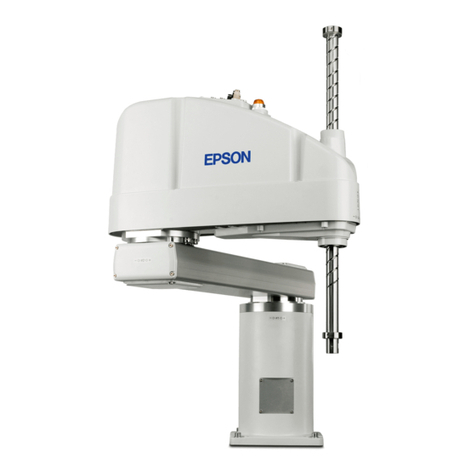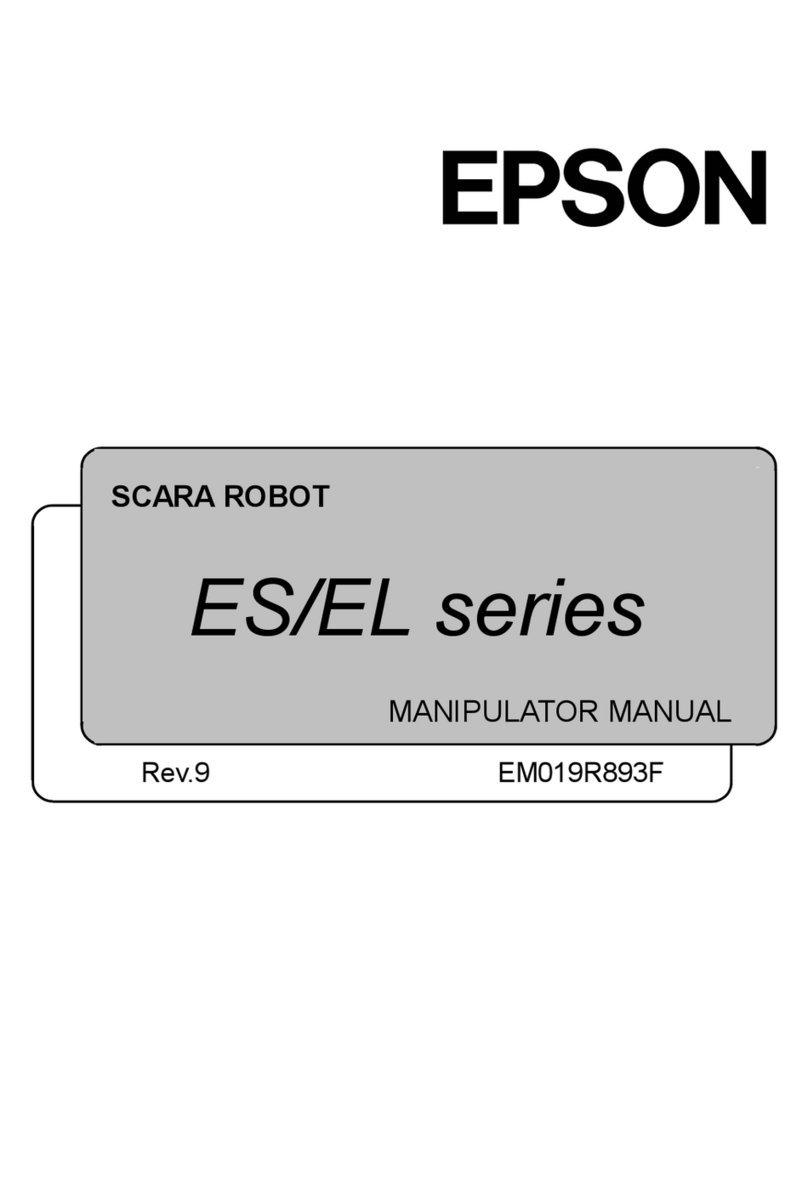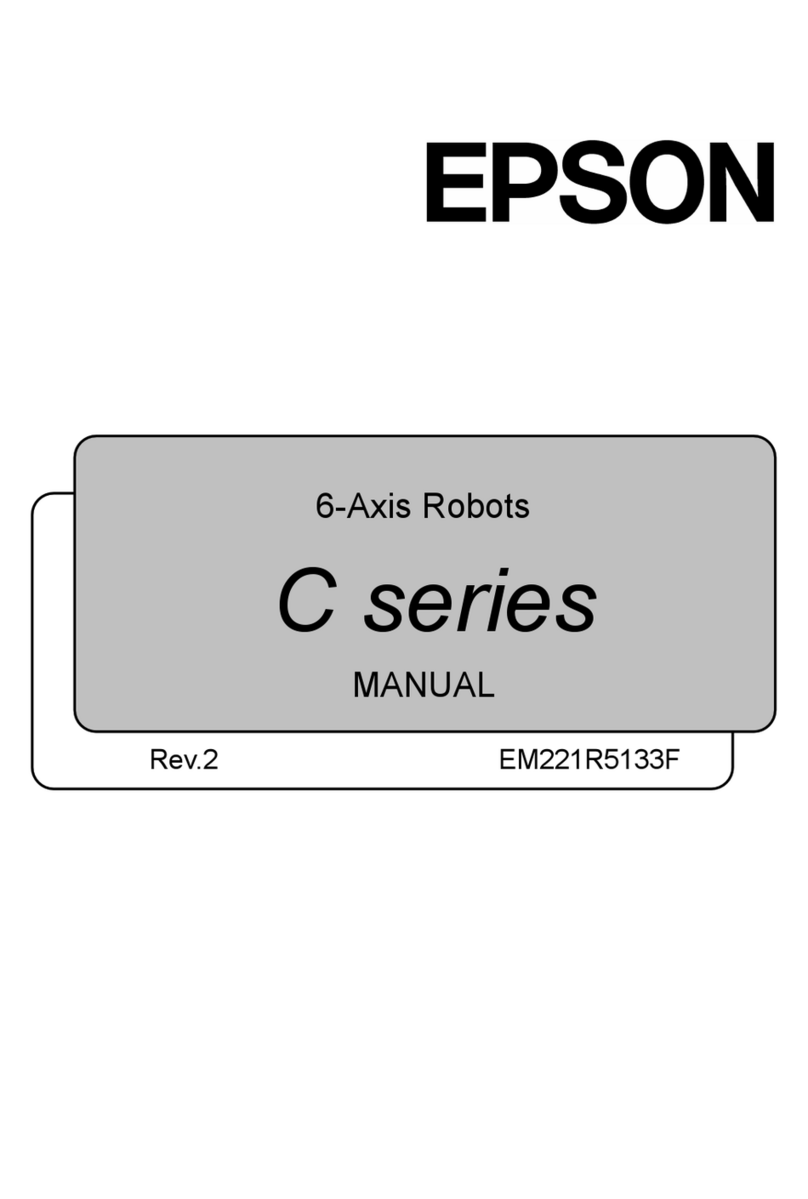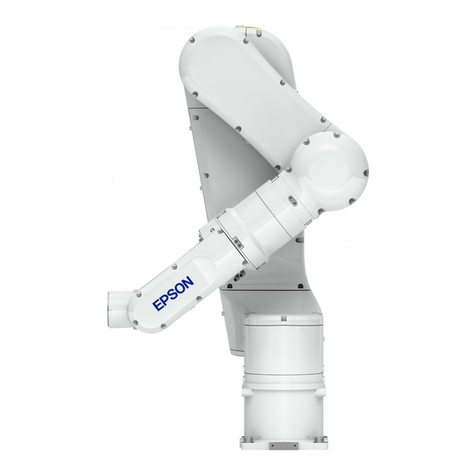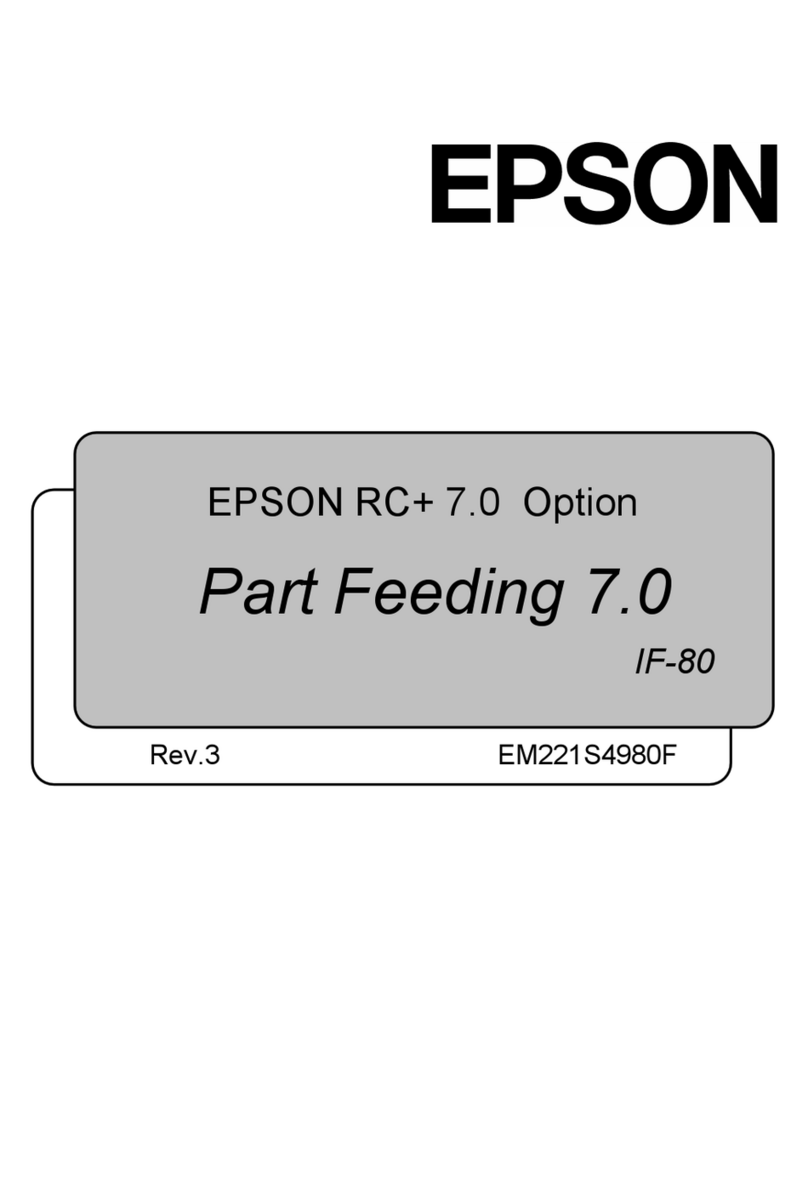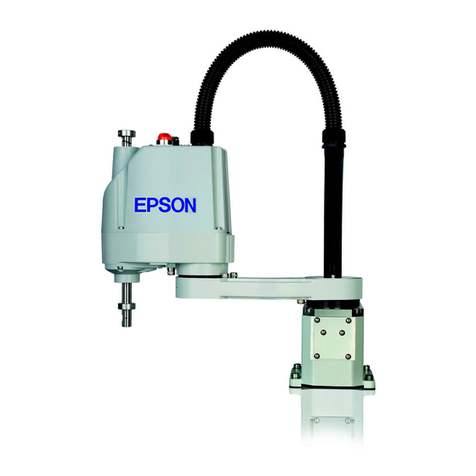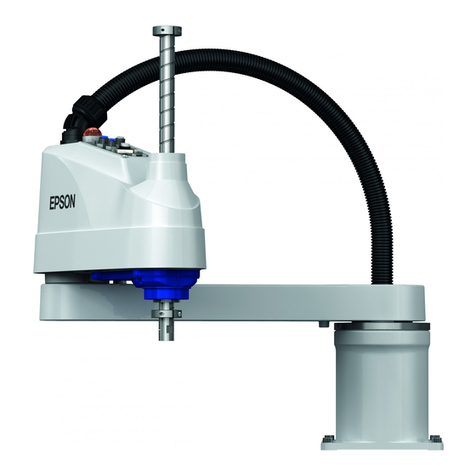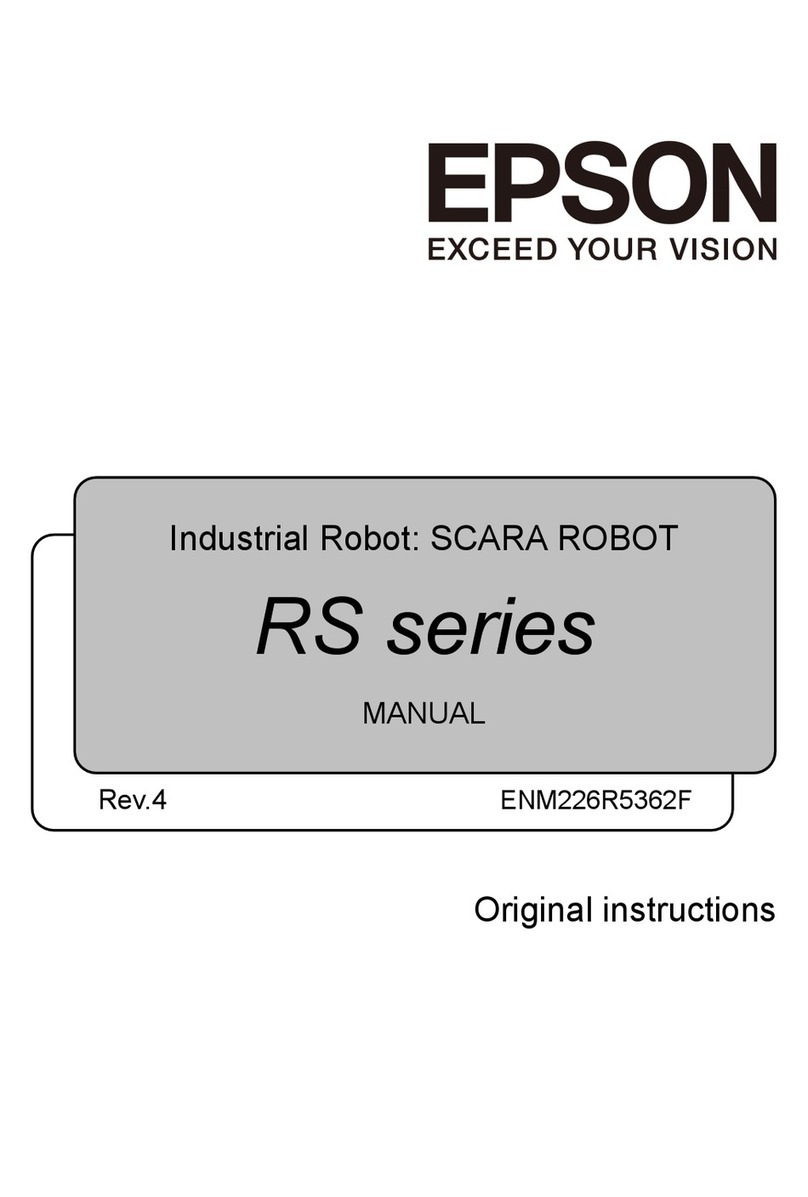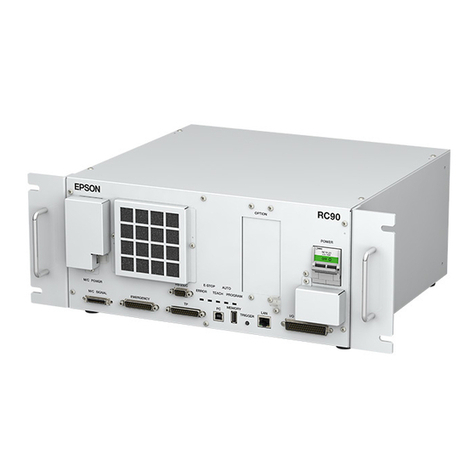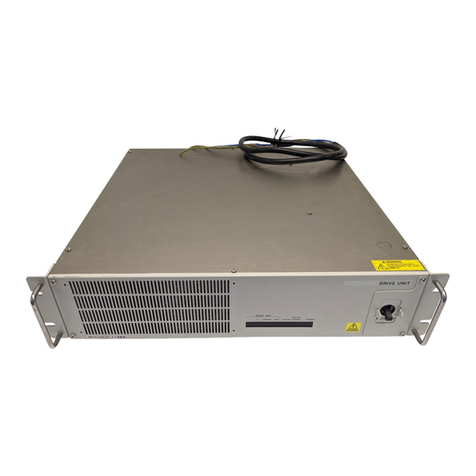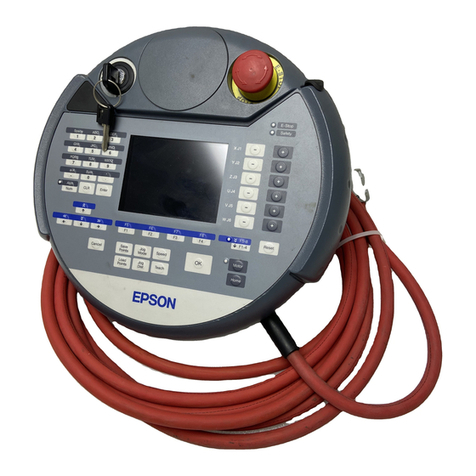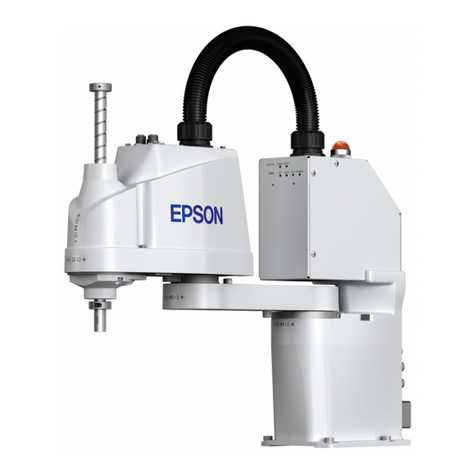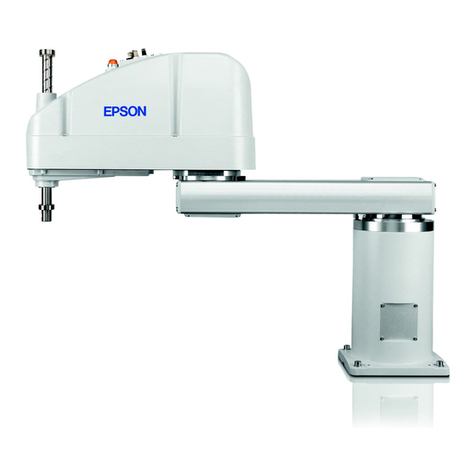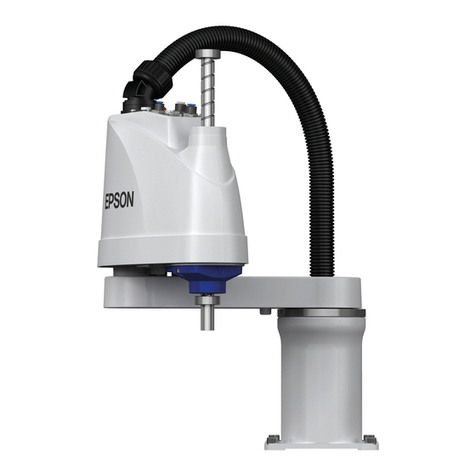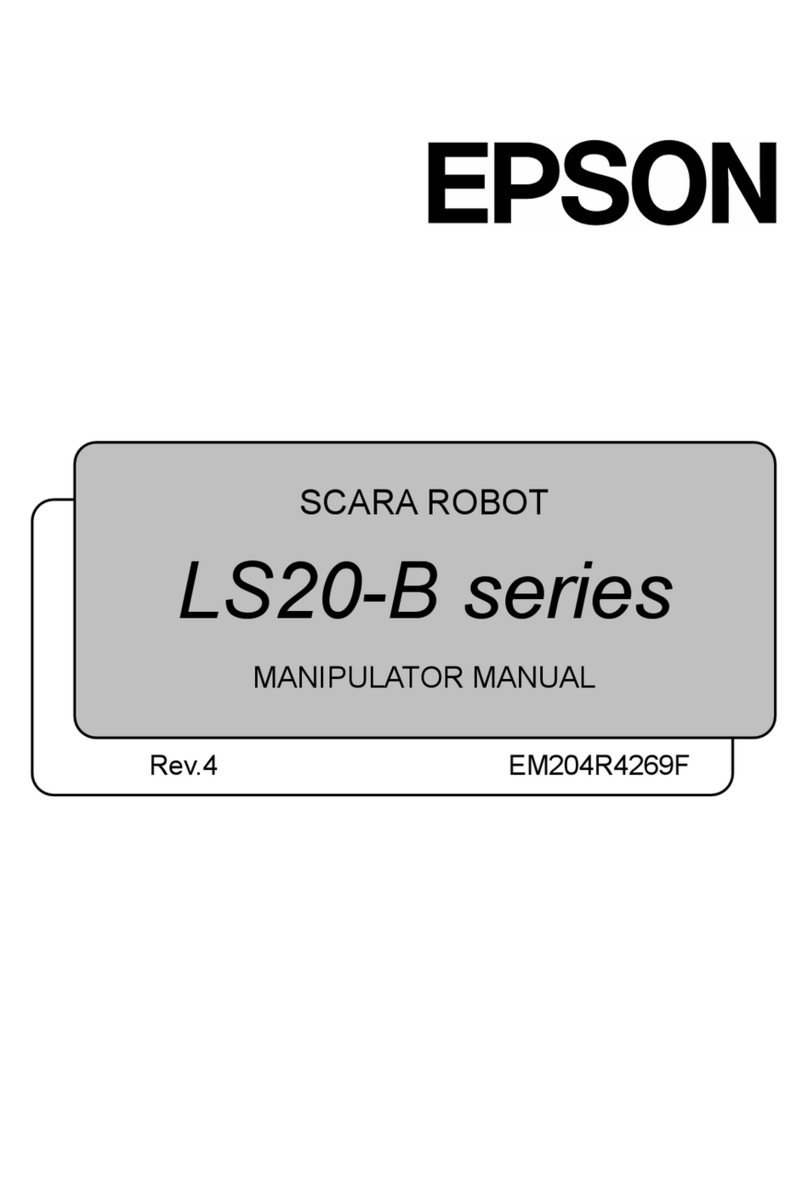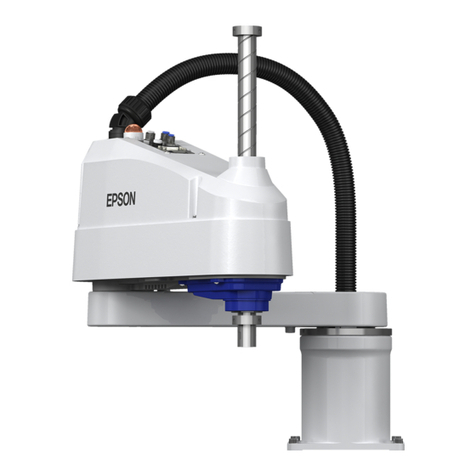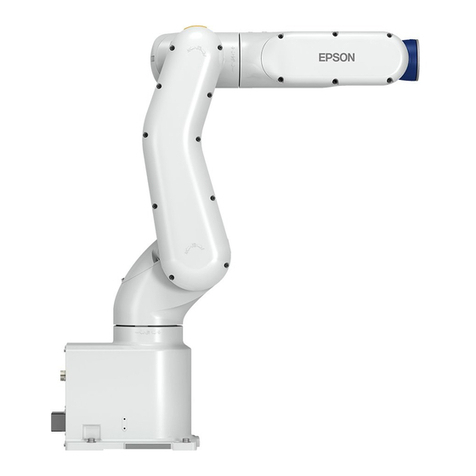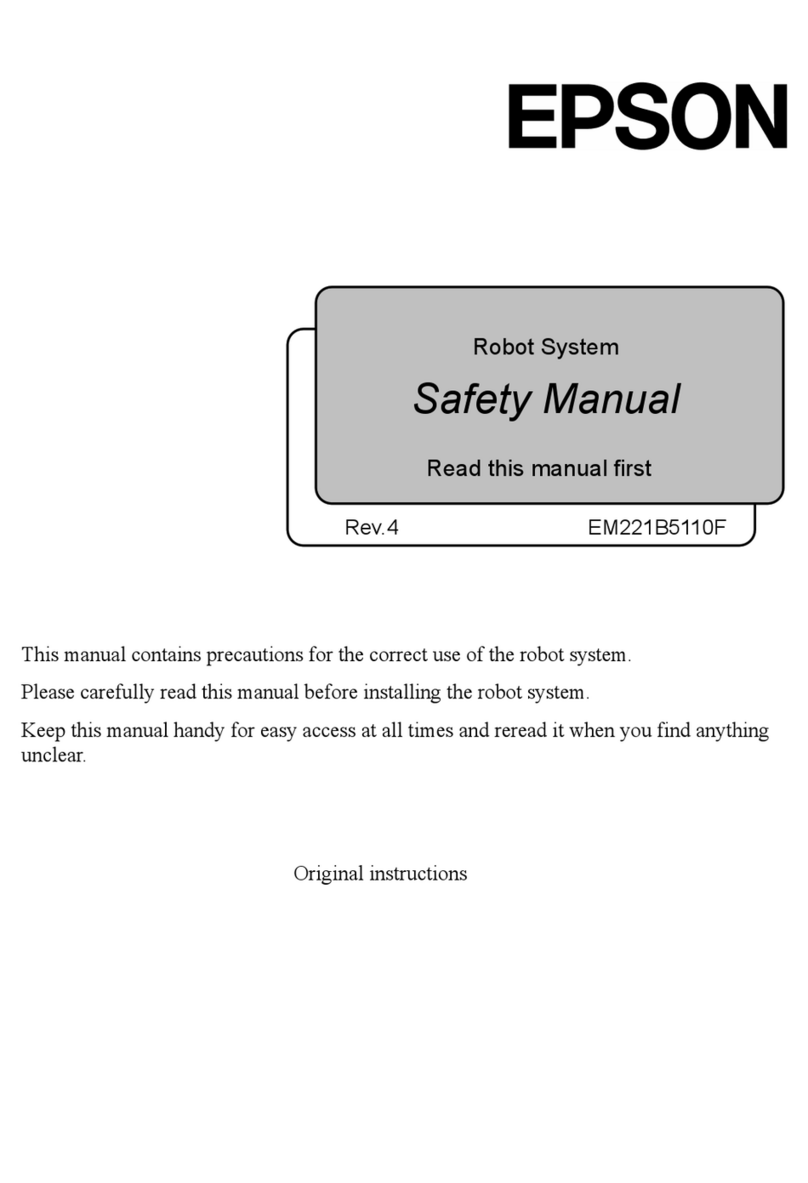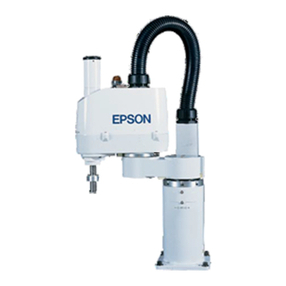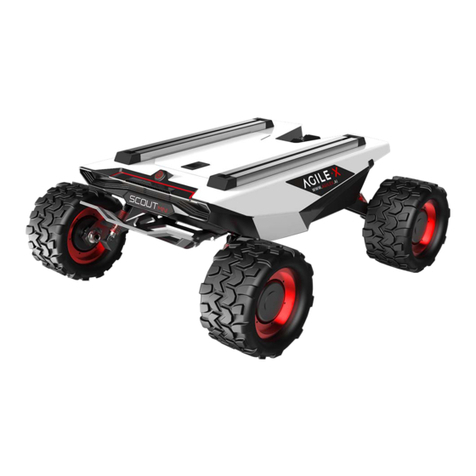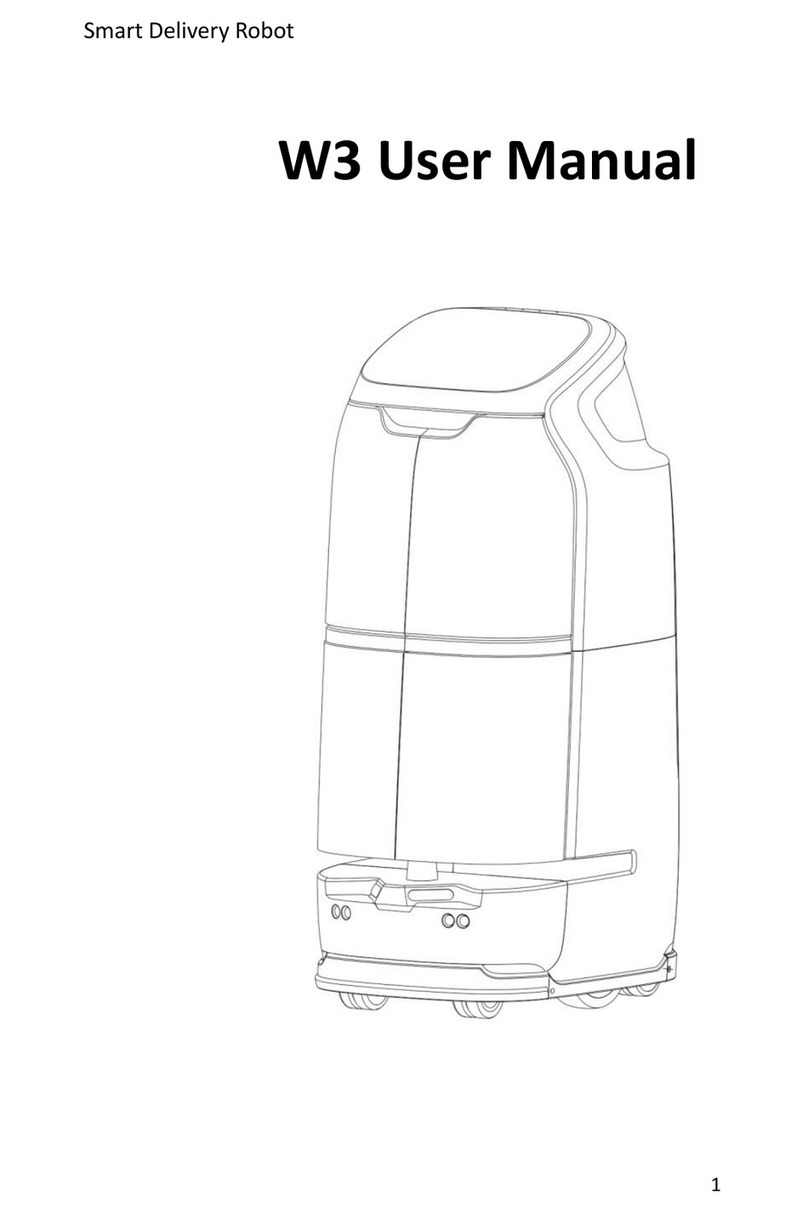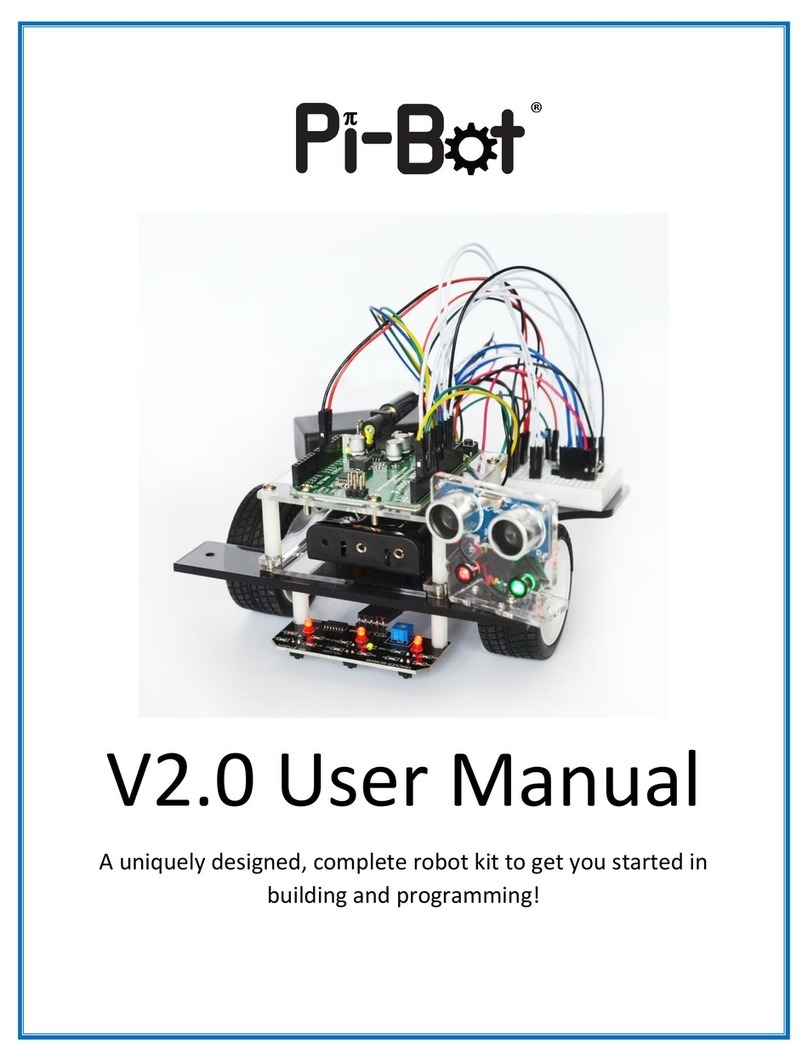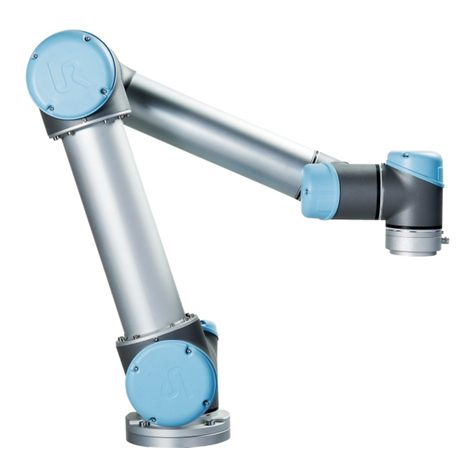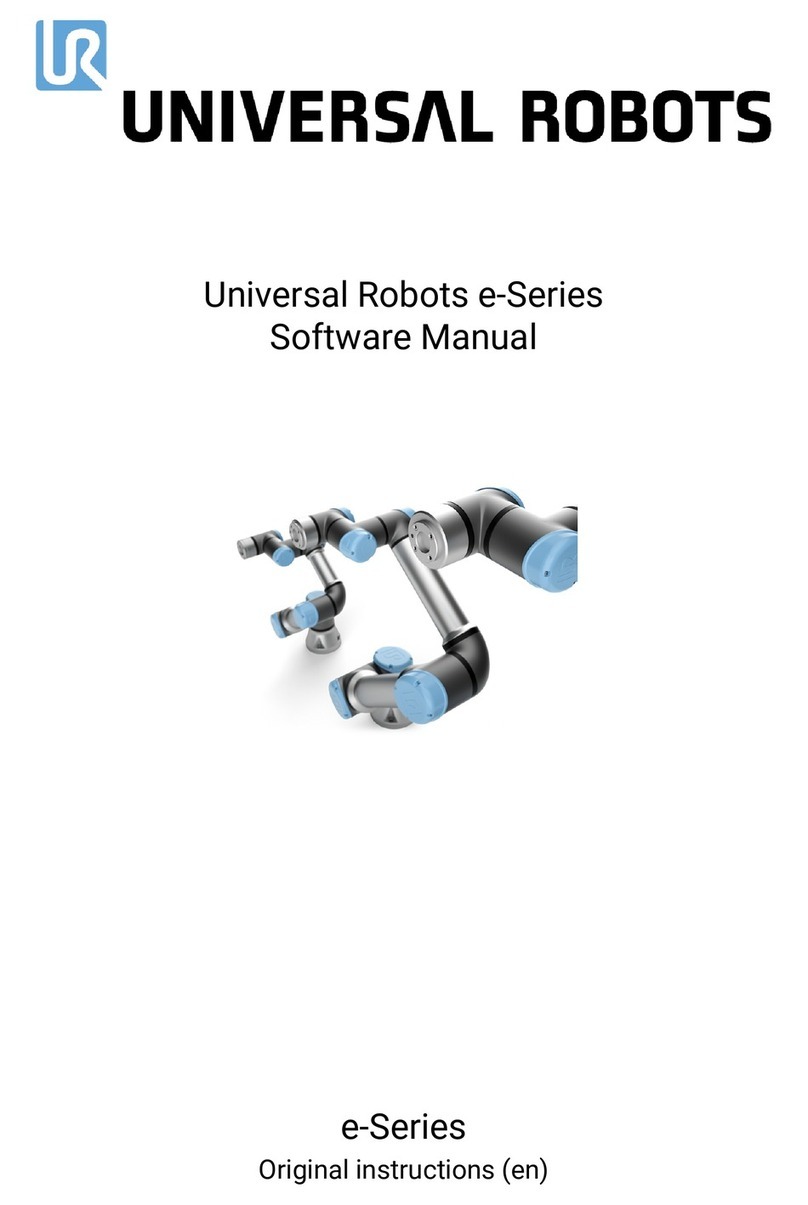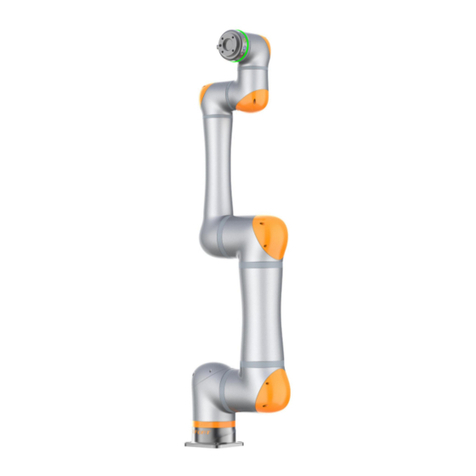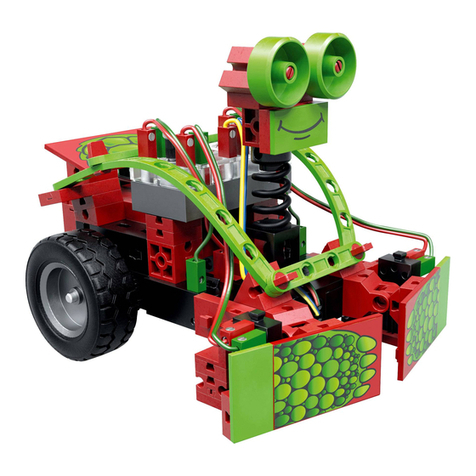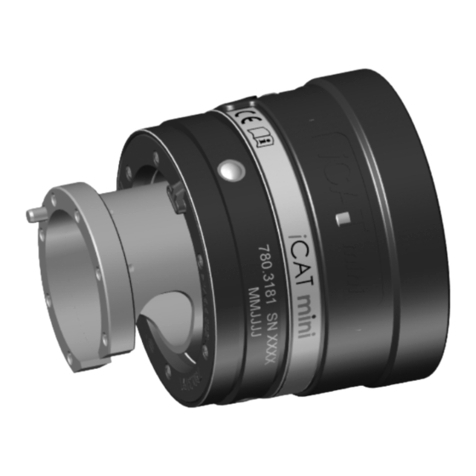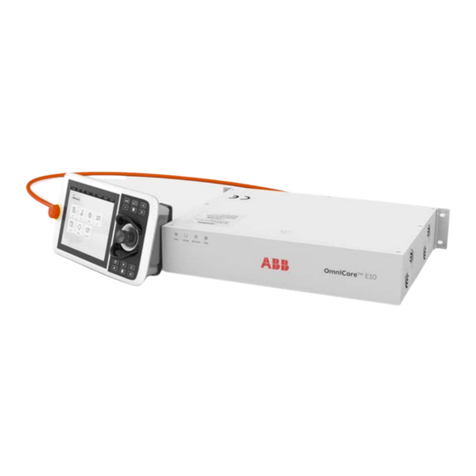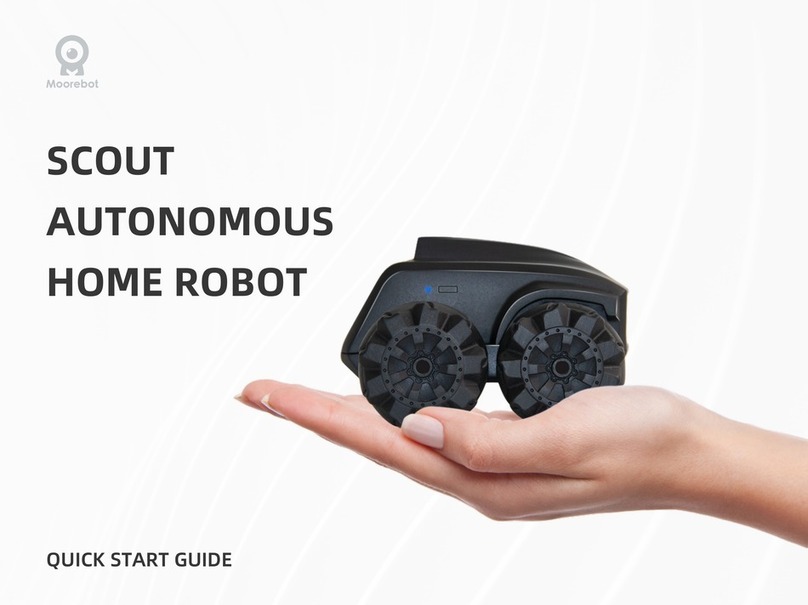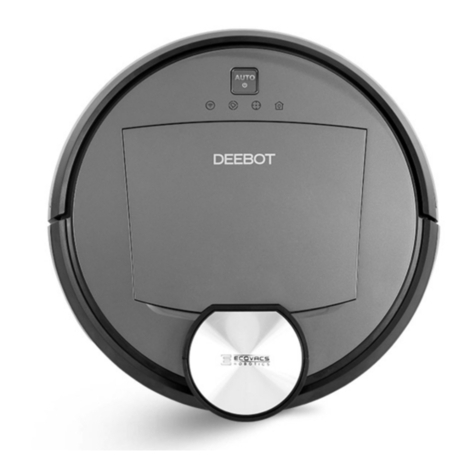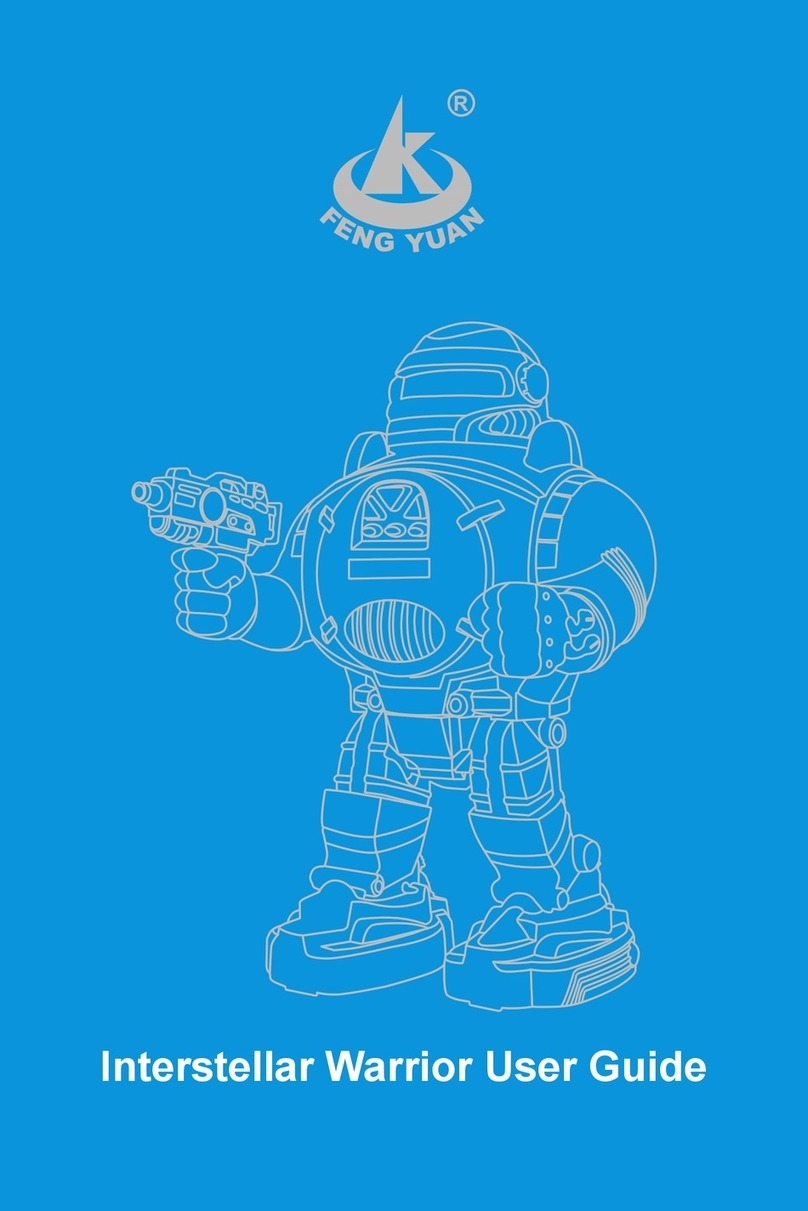Table of Contents
2.9 DeviceNet Board Installation ................................................... 54
2.9.1 Board Appearance ........................................................................ 54
2.9.2 Specifications ................................................................................ 54
2.9.3 Software Installation...................................................................... 55
2.9.4 Board Installation ..........................................................................57
2.9.5 Master Mode ................................................................................. 60
2.9.6 Slave Mode ................................................................................... 64
2.10 EPSON RC+ Fieldbus I/O Installation ................................... 67
Fieldbus I/O Software Configuration ...................................................... 67
3. Operation....................................................................... 69
3.1 Fieldbus I/O Addressing in SPEL+ .......................................... 69
3.2 SPEL+ Fieldbus I/O Commands.............................................. 69
3.3 Outputs Off by Emergency Stop and Reset Instruction ........... 70
3.4 Waiting for Input or Output Status............................................ 70
3.5 Using FbusIO_SendMsg ......................................................... 71
3.6 Using Slave Mode ................................................................... 72
3.7 Remote Control Slave ............................................................. 72
3.8 Devices available for Fieldbus I/O Option................................ 73
3.9 Fieldbus I/O Response Performance....................................... 73
DeviceNet .............................................................................................. 73
PROFIBUS DP....................................................................................... 75
4. Troubleshooting ............................................................. 77
4.1 DeviceNet Troubleshooting ..................................................... 77
Exclusion................................................................................................ 77
Tools ...................................................................................................... 77
4.1.1 Examining a Problem .................................................................... 78
4.1.2 Problems and Countermeasures................................................... 80
4.1.3 Procedures for Examining Possible Causes ................................. 98
4.2 PROFIBUS DP Troubleshooting.............................................111
Exclusion...............................................................................................111
Tools .....................................................................................................111
4.2.1 Examining a Problem .................................................................. 112
4.2.2 Problems and Countermeasures................................................. 114
4.2.3 Procedures for Examining Possible Causes ............................... 130
4.3 EtherNet/IP Troubleshooting.................................................. 140
Exclusion.............................................................................................. 140
4.3.1 Examining a Problem .................................................................. 141
4.3.2 Problems and Countermeasures................................................. 143
4.3.3 Procedures for Examining Possible Causes ............................... 144
viii Fieldbus I/O Rev.6
